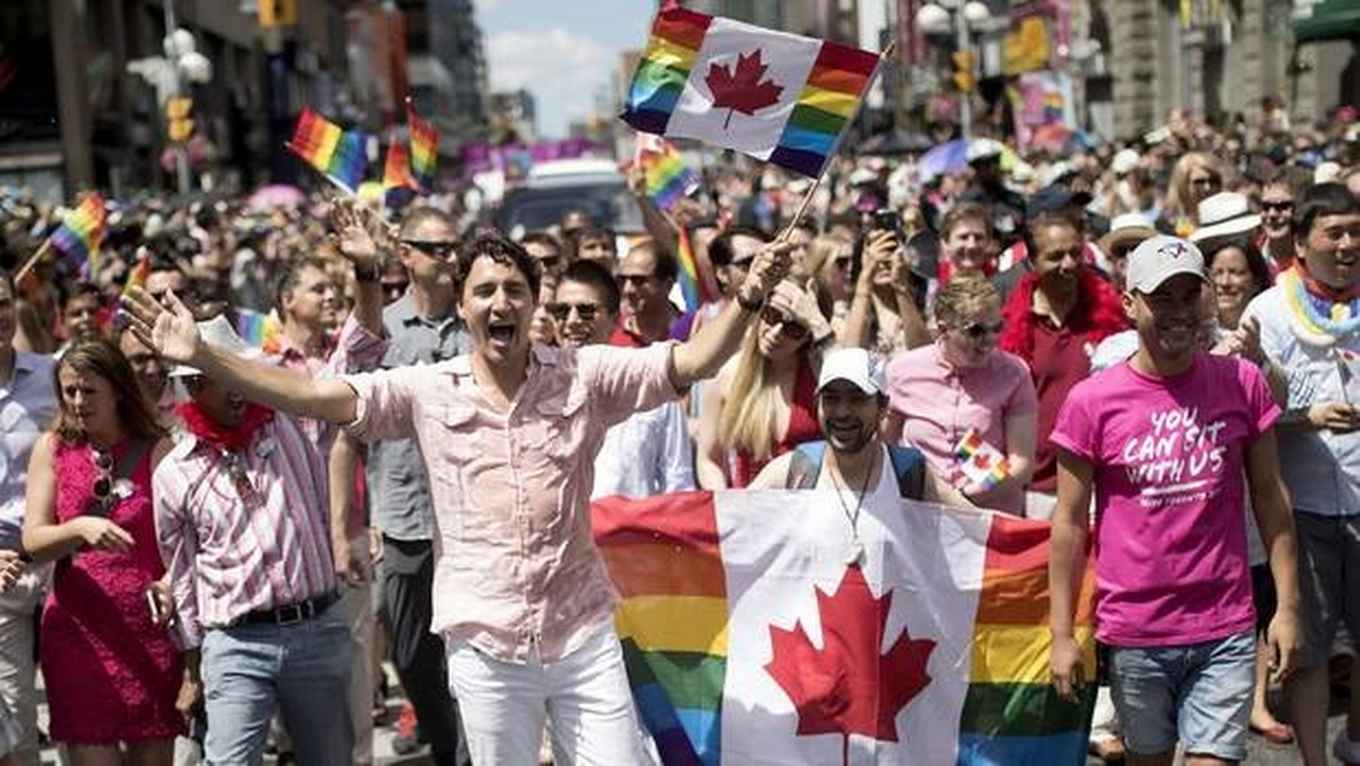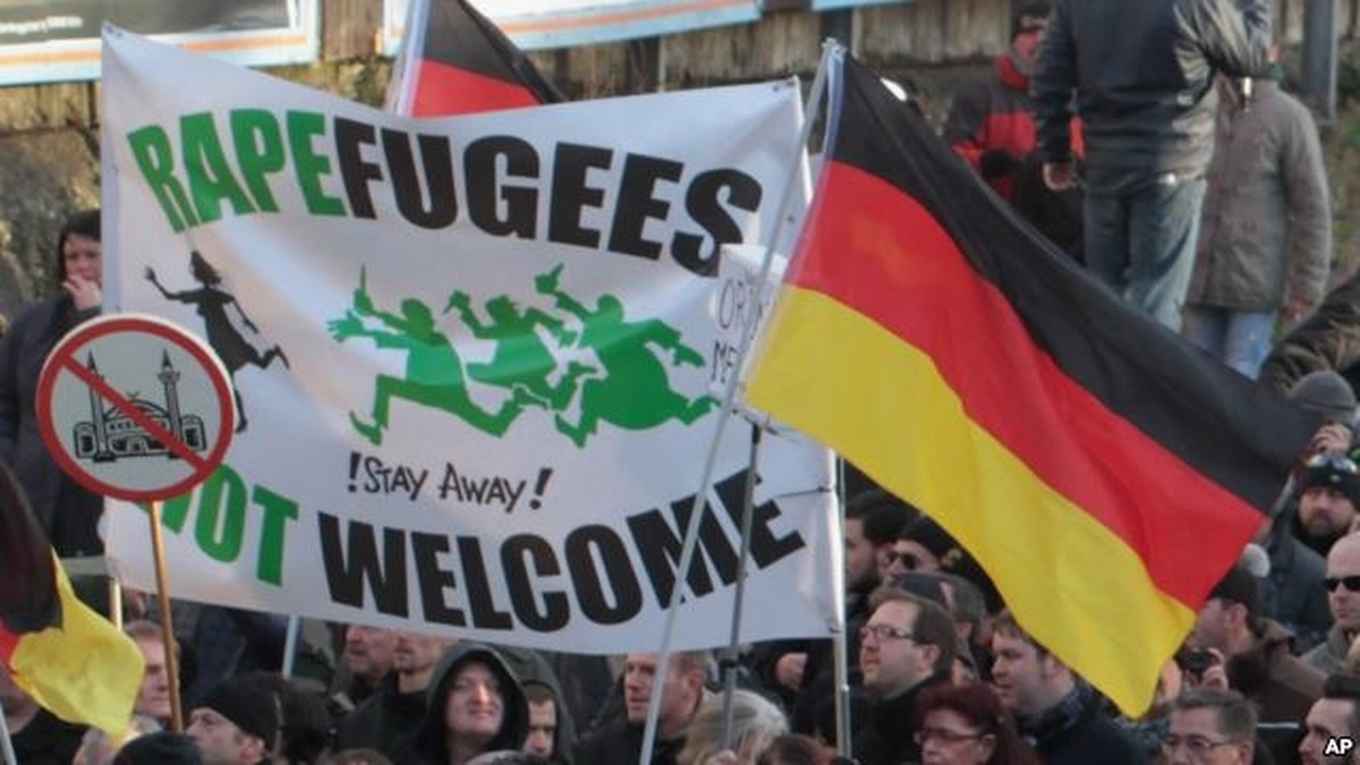Gender equality and LGBTQI-rights in refugee politics: a transatlantic comparison
By Anne Louise Schotel
Borders and boundaries
The large numbers of refugees entering the EU, the US and Canada raise the question whether and under what circumstances refugees can be received into and eventually become members of a nation-state. To answer this question Korteweg looks at borders and boundaries. Boundaries constitute an ‘us’ versus ‘them’ discursively, which has material consequences for physical borders. Borders have become diffused over time and are no longer necessarily bound to specific locations. For example, when traveling by plane, passport checks take place in the country of departure, and within countries private agents, like landlords, are tasked with checking tenants’ immigration statuses. Thus, persons come to embody the border and take it with them. This diffusion means the border becomes more powerful as borders have come to define boundaries. Furthermore, the debate about which refugees may or may not cross the boundaries and borders of the nation-state has become gendered and racialized. Korteweg discusses two moments to illustrate this: the policy around Syrian refugees in Canada and sexual violence that occurred on New Year’s Eve 2015 in Cologne, Germany. How are these events mobilized towards liberal, inclusionary or illiberal, exclusionary ends?
Canada
In 2015, the liberal party led by Justin Trudeau promised to increase the number of refugees accepted into the country, but Trudeau’s language of inclusion changed after the attacks in Paris: Syrian refugees became ‘Muslim’ refugees. The liberal refugee policy has placed unaccompanied men under increased scrutiny for security reasons, with the initial proposal to exclude them completely from resettlement. At the same time, Trudeau highlighted the plight of women and children and LGBT refugees. In that way, the ‘Muslim’ is taken out of the family with children, and a boundary is created between those who are and those who are not allowed to be Canadian. As Korteweg explained the frame: ‘Muslim men are scary, but gay men are not scary’. The policy seems based on the assumption that one cannot be a terror-driven Muslim and a sexual minority at the same time. That process signals a ‘colonial process of demasculinization’: To safeguard white masculinity, it should not be exposed to Muslim masculinity, but it should embrace minority masculinity instead. Thus, Trudeau suggests, Canada can show the path to ‘safe diversity’.

Cologne
In Cologne we see another example of how male sexuality is problematized. In Cologne, refugee men were accused of sexually assaulting a large number of women on New Year’s Eve in 2015. The media described those attackers as ‘North African’ in appearance. In a highly racialized discussion the attacks were seen as a “completely new dimension of crime”. Here too a boundary was drawn between violent Muslim men and safe Western societies. Sexual violence was depicted as an imported phenomenon, associated with foreign cultures where such violence is thought to be normal male behavior. However, violence against women is in no way new and depicting it as such is part of a colonial discourse. After WWI, following the deployment of colonial troops in the French-occupied Rhineland, cartoons were published showing grotesque black men menacing above half-dressed German women, depicting der schwarze Smach (the Black Disgrace). Similar images can be found after the attacks in Cologne in the media, almost a century later.

Korteweg identifies two problems with this discourse of imported violence. Firstly, it reduces sexual violence to a problem of Muslim masculinity. People’s sense of risk and threat is not based on rational calculation but is informed by emotions. Engin Isin calls this “governing through neurosis,” which in this case means that Muslim men need to be kept outside of borders and boundaries. Secondly, it racializes the discourse of violence against women, keeping sexual violence institutionalized. It forces a choice upon us: either you are racist or you condone sexual violence. And it leaves us with a pressing question: how we can think meaningfully about violence against women and LGBTQI-rights without falling into the racist trap?